Forums
VMF-214
Post a reply
- Go to Previous topic
- Go to Next topic
- Go to Welcome
- Go to Introduce Yourself
- Go to General Discussion
- Go to Screenshots, Images and Videos
- Go to Off topic
- Go to Works in Progress
- Go to Skinning Tips / Tutorials
- Go to Skin Requests
- Go to IJAAF Library
- Go to Luftwaffe Library
- Go to RAF Library
- Go to USAAF / USN Library
- Go to Misc Library
- Go to The Ops Room
- Go to Made in Germany
- Go to Campaigns and Missions
- Go to Works in Progress
- Go to Juri's Air-Raid Shelter
- Go to Campaigns and Missions
- Go to Works in Progress
- Go to Skinpacks
- Go to External Projects Discussion
- Go to Books & Resources
-
13 years agoWed Sep 09 2020, 08:38pm
 Main AdminThis article was written by John Wukovits in 1977.
Main AdminThis article was written by John Wukovits in 1977.
More than forty-five years have passed since retired Marine pilot Fred Avey of Riverview, Michigan, flew his Chance-Vought F4U Corsair fighter plane into combat against the Japanese, yet those World War II experiences so burned themselves into his memory that they still occupy his thoughts today.
Avey flew with the famed Black Sheep Squadron, a group of daring fliers led by ace pilot Gregory 'Pappy' Boyington who harassed the Japanese in a series of bold forays from September 1943 to January 1944. The group gained such notoriety that its members were later portrayed in the 1970s television series Baa, Baa, Black Sheep, starring Robert Conrad.
The 23-year-old Avey quickly became fascinated with aviation after his initial flight in 1935. The haunting knowledge that his older brother perished in an airplane crash his first time in the sky failed to deter Avey from logging more than 300 hours 'flying by the seat of my pants.' Nor did it prevent him from volunteering in the Royal Canadian Air Force in February 1941, before the United States entered World War II. 'I wanted to do my share to win the war and keep [America] out of it,' he says.
Nine uneventful months north of the border, during which Avey saw 'a lot of the middle of Canada,' were spiced up only once, when low oil pressure forced him to land a British bomber on a farm. He avoided injury, and later devoured a hearty chicken dinner with the startled but courteous farmer.
Avey quickly transferred to the U.S. Marines after the surprise Japanese attack at Pearl Harbor officially brought the United States into the war. 'I wanted to get into a fighting outfit,' he explained. 'The Marines sent me to Quantico, Va., as a second lieutenant, and one month later I was sent to Corpus Christi, Texas, to learn how to fly American planes.'
Avey headed for the Pacific in mid-1942, and by the following spring he had joined a fighter squadron operating out of Espiritu Santo, an island northeast of Australia in the Coral Sea. In six weeks of combat, mainly over the Solomon Islands, Avey was credited with 2 1/2 kills. That half kill still rankles him.
'I shot down the plane, but one young pilot also claimed it,' Avey said. 'He was shooting from about five miles away, and I could see his tracers falling off target. The kid even later admitted he was lying, but authorities awarded each of us credit for half a kill. That eventually kept me from being an ace.'
Because Avey had only flown in one combat tour, he remained behind when the bulk of the squadron was ordered home. Rather than take his chances with an unknown outfit, Avey transferred to Boyington's squadron, VMF-214, which had already made its mark in six short weeks of combat flying.
The Black Sheep first gathered in September 1943 when Admiral William 'Bull' Halsey asked that an additional Marine squadron be immediately dispatched to assist his hotly contested Solomon Islands operation. Normally, squadrons were formed in the United States and trained together extensively before heading overseas, but in the urgency of the situation a squadron was hastily assembled from replacement pilots and remnants from other units. Its commander would be Major Boyington, known simultaneously for his skill as a pilot (he was already an ace) and his talent for getting into trouble (he was without a unit because he broke one of his ankles while wrestling during a drinking spree).
After three weeks of hurried training, the original unit of 28 pilots (only three had combat experience), one intelligence officer and one surgeon moved to its forward base at Munda in the Russell Islands on September 12. During two six-week combat tours, 51 different men eventually served with the Black Sheep; 11 died in action.
The nickname Black Sheep Squadron originated at a unit party during the first days at Munda. Since they had been thrown together so hastily from replacements, the pilots decided to call themselves 'Boyington's Bastards.' Frank Walton, the squadron's intelligence officer, was told the next day by a Marine public relations officer that the nickname would be unacceptable for newspaper accounts, so the fliers called themselves the 'Black Sheep.' As Avey explains, the name was not chosen to imply rebellious nature. 'We were not raucous or anything. We were just looking for a name.' Because the 31-year-old Boyington was at least 10 years older than most of his pilots, they started calling him 'Pappy' or 'Gramps.'
The number of kills recorded by the Black Sheep quickly soared during the group's first combat tour. To garner favorable publicity, Walton provided Chicago Daily News correspondent George Weller with statistics about the unit and its various pilots, which Weller turned into a popular syndicated series that appeared throughout the United States and other Allied nations.
Avey joined the squadron in November 1943, in time for its second combat tour. Although by that time the unit had formed into a cohesive group, Avey had little trouble adapting.
'I came in with three other new pilots, and we were readily accepted by the unit. After all, they needed replacements for four men who had been killed in action. Ironically, I was the only one of the four new pilots who made it out alive. The other three were shot down on the same day.'
The original Black Sheep started calling Avey either 'Tiger,' because of his flying talent, or 'Lighthorse,' due to his diminutive 118 pounds. Walton joked that 'Fred devoted at least one hour a day to a vain search for the muscles God forgot to give him.'
Avey fit in well with his new squadron. 'They called me Tiger because I was so mean in the air. I always wanted to be a fighter pilot because it meant you had to get up there and fight, and when I went into combat I went for the nearest enemy plane around.'
Besides an aggressive attitude, Avey believes a fighter pilot needed three talents?excellent eyesight, top-notch flying skill, and the ability to recognize a good situation from a bad. 'For instance, you could be a way below the enemy, but you didn't want to climb up at them because you might run out of airspeed and stall out. Four Zeros flew over me in a tight formation near Bougainville and maybe I could've shot down one or two, but the others would have nailed me. You have to know when to attack and when not to.'
Avey said he believes the Black Sheep Squadron earned its excellent reputation because 'we flew harder and tried harder to be the best.' With Boyington's extensive combat experience, his colorful personality and his friendly relationship with the press, though, the unit was always in the national spotlight.
'There were 41 members during my tour, most of them 20 or 21 years old and just out of flight school,' Avey said. 'We were not all glory boys?the press created that. But we were not afraid to fly.'
That the Black Sheep soared into the air with such confidence is in large measure due to Boyington's training. Avey had already logged thousands of hours in the air and tallied 2_ kills before joining, but most of the men came to the unit with little actual experience. Thus in the evenings or on rainy days, Boyington often gathered pilots for informal gab sessions, during which various combat situations were discussed. Boyington asked his men to dwell on all the problems they might encounter, and then figure out how to handle them. 'I was trying to get them to act by reflex,' he later explained. 'You don't have time to think what to do; you have to act, sometimes in a split second.'
Boyington urged his men to be ready to attack at any time because a chance for a kill can occur and be gone in an instant. He warned them not to get into a loop with a Zero because the enemy fighter was more maneuverable and would loop inside to splash them (shoot them down over water), and to be wary of Japanese pilots doubling up on them. 'When you have an easy shot [on one enemy plane], and they're in a gentle turn, look for a catch.' Instead, Boyington wanted his pilots to rely on the Corsair's speed and diving ability to get above the Zero and 'come in on him in a high stern pass; hold your fire till you're within good, close range; let him have it and watch him burn. When they're hit right they burn like celluloid. If you miss him, don't stick around to dogfight. Dive out?get the hell out of there?climb away and come back into the fight with some altitude and speed.'
Above all, Boyington reminded them, they flew fighters and should thus engage in combat whenever it would not endanger the primary mission. Calling the Corsair 'one of the sweetest fighters there is,' he added that they should rely on the plane's sturdiness because 'it's built to take a beating and still bring you home.' In a word, Boyington preached aggressiveness, something Avey already possessed. As he replied to a Navy commander who asked him what his tactics were, 'Tactics? Hell, you don't need any tactics. When you see the Zeros, you just shoot 'em down, that's all.'
Boyington's attitude carried across to the men. After the war, John F. Begert credited the frequent informal discussions with improving most fliers. Edwin L. Olander, who shot down five enemy planes, mentioned, 'I can recall no group I served with that had such esprit de corps.' Glenn L. Bowers remembered, 'The Black Sheep wanted to work together, and nobody tried to push anything on anybody that he wouldn't do himself.'
'Boyington deserved the acclaim he received,' added Avey, citing the 28 Japanese planes Boyington shot down and his Medal of Honor as proof.
Avey experienced few lulls during his time in the Southwest Pacific. 'We did everything there. We intercepted whatever was coming at us in the Solomons, and we strafed places where Japanese were seen. We usually went up every day, sometimes twice. I flew so often that I got tired of sitting down. You can't stretch too well in those Corsairs, and even today people ask me why I stand so often. It's because of the war.' Although he flew more than 200 missions with the Black Sheep and with other groups later in the war, Avey's skill as a pilot kept him out of injury. 'I never had to use my parachute, and I was never shot or wounded.'
A typical mission began with the briefing, held the night before if the mission was scheduled for early morning and in the daytime if the planes were leaving later in the afternoon. Intelligence officer Walton informed the pilots of the day's objective, expected resistance and times of departure. Normally, Avey and the others went out on strafing missions, escorted bombers to the Japanese bastion at Rabaul, or scoured the skies for Zeros in a fighter sweep. Afterward, Walton, aided by the squadron surgeon who handed out two-ounce bottles of whiskey to the men, debriefed the pilots.
Pilots strafed any enemy objects they spotted moving on land or water and succeeded in destroying 28 watercraft, some tightly packed with enemy troops, as well as damaging 125 Japanese positions and four airfields. Once, over the island of Bougainville where American Marines and Army units fiercely battled Japanese troops, Avey sighted a camouflaged Japanese truck on a dirt road and dove to attack it. 'A Japanese soldier got out of the truck and aimed a machine gun at me, but I got him first. When you're in the air it was either kill or be killed. We were thought to be the bravest pilots, but honestly, I was frightened often.'
The Black Sheep often escorted American bombers on runs over Rabaul. These missions entailed flying long stretches?'This could be very boring, but you had to keep watching for the enemy,' Avey said?followed by brief moments of terror while over the target. 'The Japanese had five airfields at Rabaul, so we always knew there'd be all kinds of anti-aircraft. That flak was scary?it burst all around you and was so thick you could hardly see the target. No matter which way you turned there was flak, so the best tactic was just fly straight ahead, do your job, and get out.'
Dogfights presented a different type of challenge to Avey and the other pilots. 'I flew into a lot of those, and I always wondered about two things?would I make it back and would my plane be intact so I could land it.
'When a dogfight began, I headed for the nearest Zero and hoped my luck held out. There was no way I could check what was behind me, but I watched my front and sides as much as possible.'
Black Sheep John F. Bolt, credited with six kills, claimed he charged into a dogfight with the attitude that the first enemy he saw 'was a dead man, and I didn't care where he was or how many protectors he had?he was a dead man.'
Luck played an important part in helping Avey survive his numerous encounters. One time four Zeros flew 1,000 feet above without spotting Avey. 'I would have been dead if they'd seen me.' A tremendous burst of anti-aircraft fire over Bougainville actually flipped his Corsair upside down, but Avey was able to right the plane and safely return to his base. Avey is thankful for his good fortune every time he thinks of a comrade who died when his plane exploded in midair. 'An ordnance man on the ground failed to attach the bombs properly. They went off prematurely and killed him. He died because of a mistake. He was the father of baby twins that he never saw?he only had their pictures. That could just as easily have been me.'
Although his squadron flew all types of missions, Boyington preferred to directly engage enemy fighters in individual battle. At first, the Black Sheep were limited to the airspace near the bombers they protected, but by mid-October Boyington received permission to start his fighter sweeps, which Marine aviation historian Robert Sherrod described as a bold challenge to the enemy. 'There is nothing devious about a fighter sweep,' Sherrod wrote. 'It is a head-on attack' whose primary goal is to down enemy planes.
The most furious fighter sweeps occurred near Rabaul. During the first sweep, on December 17, Boyington issued an open challenge to the Japanese over his radio, but none accepted the invitation. Convinced the 76 fighter planes posed too formidable a threat for the Japanese, Boyington led a smaller force of 48 planes for a sweep six days later. When the enemy rose to do battle, Boyington's pilots splashed 30 Japanese planes while losing only three Corsairs.
Those three losses particularly grieved Avey as they were the three other replacement pilots with whom he had joined the Black Sheep?Major Pierre Carnagey, 1st Lt. James E. Brubaker, and 1st Lt. Bruce Foulkes. When he returned to base, Avey was asked to help gather some of their personal belongings to send back home.
When a pilot died in action his property was sorted into three piles?one for his valuables, such as money; a second for his nonvaluable belongings; and a third consisting of government-issue equipment. The first two piles were sent to the quartermaster. However, if any material seemed useful to one of the Black Sheep, he took the item and left some money for the family in return.
'One of the guys had a phonograph and records, which I thought we could use,' Avey said. 'The rest, though, I sent home to his family. I was now the only one left of the four.'
Avey's first kill with the Black Sheep happened on a Christmas Day sweep into Rabaul. In the early holiday morning Avey spotted a Japanese bomber above, situated between the squadron and heavy clouds. 'I could see his silhouette against the clouds, and dashed over to be on his dark side. I wanted to come in out of the sun and get a good fix on him.
'I climbed into position and made my first pass, peppering him from wingtip to wingtip with all six machine guns. I actually flew so close to him on this run that I almost ran into him. As the Japanese started down, I made a second run and again shot up his wings. He crashed into the water and started to get out of the ruined plane, but I got him.'
His second kill came just two days later when Boyington led 44 Corsairs and 20 Navy Hellcats against Rabaul. Sixty Zeros greeted them, and in a furious melee six enemy planes were downed without a loss for the Black Sheep.
'A Zero jumped on my tail and started firing at me,' said Avey. 'I could actually see the tracers going by. I hit the throttle to veer down, and the Japanese pilot was going so fast he zoomed right by me. He was now in front of me, and I shot him down.
'You always shot your guns in short bursts, never long ones, because those six .50-caliber machine guns really slowed down your plane. If you fired too long, you could also overheat the guns and cause them to malfunction. Air combat is so quick and targets are darting by so fast that you really only need about two-second bursts.'
Life on the ground could sometimes be a bit unusual for the Black Sheep because of the unit's colorful characters. Boyington carried a reputation for getting into trouble, usually when he overimbibed in alcohol, and the husky intelligence officer Walton, a former Los Angeles police sergeant, was given his job with the unit in part to look after Boyington.
'Boyington loved to drink,' recalled Avey, 'but he never went into the air drunk, although he was hung over at times. He loved to wrestle when he was drunk, and one time I was in the shower when Boyington, drunk , barged in looking to wrestle. Now, we were standing on sharp, steel Marston matting that covered much of our base, and I was nude. He wanted to throw me down. No way did I want to wrestle with him there! After the war Boyington struggled with his booze and eventually gave it up.'
Other men broke the long monotony with crazy antics, such as the pilot who shipped home anything he could at government expense. Chris Magee, a happy-go-lucky individual who read books on philosophy and witchcraft, brought along a pile of hand grenades to toss at Japanese buildings when flying at low altitudes and constantly wore blue bathing trunks, tennis shoes and a bandanna. 'He always acted crazy, but he was a good pilot,' said Avey of the man credited with nine kills, second only to Boyington.
Boredom often was broken by a loosely formed group called the 'Choral Society,' which stayed up far into the night in Boyington's tent belting out all sorts of songs, some raucous, others moving. One ditty parodied Yale's 'Whiffenpoof' song: 'We are poor little lambs who have lost our way/ Baa, baa, baa /Gentlemen Black Sheep off on a spree/Damned from here to Kahili/God have mercy on such as we/ Baa, baa, baa.'
Far from glamorous, living conditions in the South Pacific were 'horrible,' Avey said. 'There was nothing pretty about it?either coral rocks or jungle trees.' Their bases at Munda, the Russells, or Vella Lavella were cramped, experienced heavy rains at times, and were sweltering in the heat because of their proximity to the equator.
'Mosquitos and big black ants were everywhere,' he said. 'At night we would catch six-inch salamanders and put them in our bedding. They helped keep mosquitos away. One morning one of our pilots was bit by a scorpion that had crawled into his pants overnight. When he put on his pants, the thing bit him. I also remember once on Vella Lavella looking down at the other end of the runway and seeing a huge mass of red crabs crossing over to get to the sea.'
The food fit in with their miserable living quarters, said Avey, although gradually everyone got used to it. Once, however, the unit ran out of food, and the Black Sheep had to eat Spam three times a day for a month. 'I haven't eaten Spam since,' Avey reflected.
'There wasn't much to do once it got dark,' Avey said. 'Our quarters were blacked out except for tiny blue lights on the floor, and we had no radio. It seemed like I was in the South Pacific all my life.'
Some nights could stretch endlessly because the Japanese normally sent over planes to harass the exhausted pilots. When enemy planes were heard, Avey and the others dashed for foxholes dug outside of their tents. 'I slept with a pistol under my pillow just in case. Early one morning a group of us gathered together to discuss our mission when we heard some planes. We all jumped into a large foxhole, but beating us to it was this dog that one guy kept around. It jumped quicker than we did.'
As the Black Sheep Squadron neared the end of its second six-week tour, concern arose over Boyington's health. Reporters rarely left him alone as he neared the Marine record for most kills by a pilot, and the constant strain of dealing with the press, in addition to strenuous combat missions, took a toll on the squadron leader.
'He flew missions every day for correspondents,' Avey said. 'They wanted him to break the record for downing Japanese planes. There were always four or five guys who wanted to interview him. I resented them because they should have let Boyington and us rest. They didn't think about what it was like for us. Boyington was tired and at times shouldn't have gone up, but he did. I wonder if that didn't have something to do with his being shot down and captured.'
On January 3, 1944, Boyington took off on a mission accompanied by a new wingman whose plane was damaged by Zeros near Rabaul. 'As the wingman headed down to the sea,' Avey recalled, 'Boyington followed him yelling, 'Bail out! Bail out!' The wingman didn't, but now Boyington was so low in altitude the Zeros jumped all over him and got him.'
Four Zeros strafed Boyington in the water for almost 20 minutes before a Japanese submarine picked him up. He spent the remainder of the war in various enemy camps.
The Black Sheep scoured the skies seeking vengeance for their fallen leader, strafing barges and land targets and checking out any rumors about downed airmen sighted at sea. Nothing turned up, however, and on January 6, the Black Sheep carried out their final mission as a unit. In two six-week combat tours, VMF-214 accumulated a stellar squadron record of 1,776 missions and 168 planes destroyed or damaged, earning eight pilots ace status and the squadron a Presidential Unit Citation. An Associated Press story of March 20, 1944, summarized the unit's many achievements:
'The Black Sheep long had been recognized as one of the hardest hitting and most eager teams of air fighters and a squadron which was nourished by the fighting competitive spirit of its lost skipper?
'The Black Sheep started as a squadron of nobodies, being formed from a collection of flyers and replacements on the spur of the moment?.Within a matter of weeks it became the best Japanese-killing outfit in the Solomons and, in some respects, the most unusual squadron ever to fly the South Pacific skies.'
When the war ended in August 1945, Avery was at Pearl Harbor preparing to participate in the upcoming invasion of Japan. He remembers the day as though it were yesterday.
'A girl came up and cried on my shoulder. I told her I was going to the beach and asked if she wanted to come along. She couldn't, but she gave me the name of her girlfriend. The two of us went to the beach and had a party.
'Hawaii was crazy that night. All the lights could be turned on, and cars were driving up and down streets dragging wash basins behind for noise. People were swimming in the ocean at 2 a.m.'
After World War II, during which Avey received the Distinguished Flying Cross, he remained in the Marines and flew jets during the Korean conflict, eventually rising to the rank of lieutenant colonel.
Avey cringes at mention of the popular 1970s television show that pictured the unit as a hard-drinking bunch. 'Television made it look like all we did was party, but that was in no way true. We never went up drunk. The only thing accurate about the show was that we flew Corsairs.'
Avey was not upset when the television show gave different names to the squadron's pilots because 'I did not want to be associated with it, anyway.' He and other Black Sheep survivors let Boyington, who had served as the show's adviser, know how they felt during a 1976 squadron reunion in Hawaii.
'We all gave him hell for allowing them to do what they did,' Avey said. 'Boyington realized how upset we were and apologized to us, and he was not one to apologize very often.'
After his Korean service, Avey moved to Michigan and worked for the Ford Motor Company, from which he retired in 1974. He and his wife, Peggy, currently enjoy retirement in a Detroit suburb. Avey finds that the war is always with him.
'After World War II, I worked for Ford for 18 years, but it is a blur,' he said. 'I'm retired now, yet all I can think of is World War II. It runs through my mind at night and ruins my sleep. Even now, I have nightmares about dodging Japanese flak or planes and trying to avoid getting killed.
'World War II has dominated my life. I wish I could get it out of my mind, but I can't.'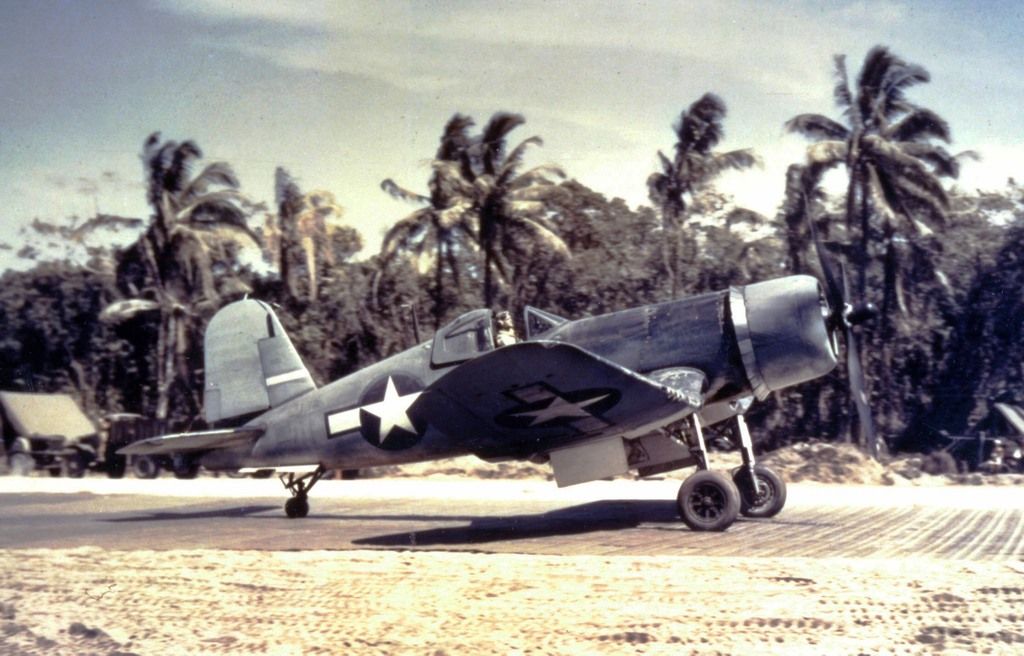
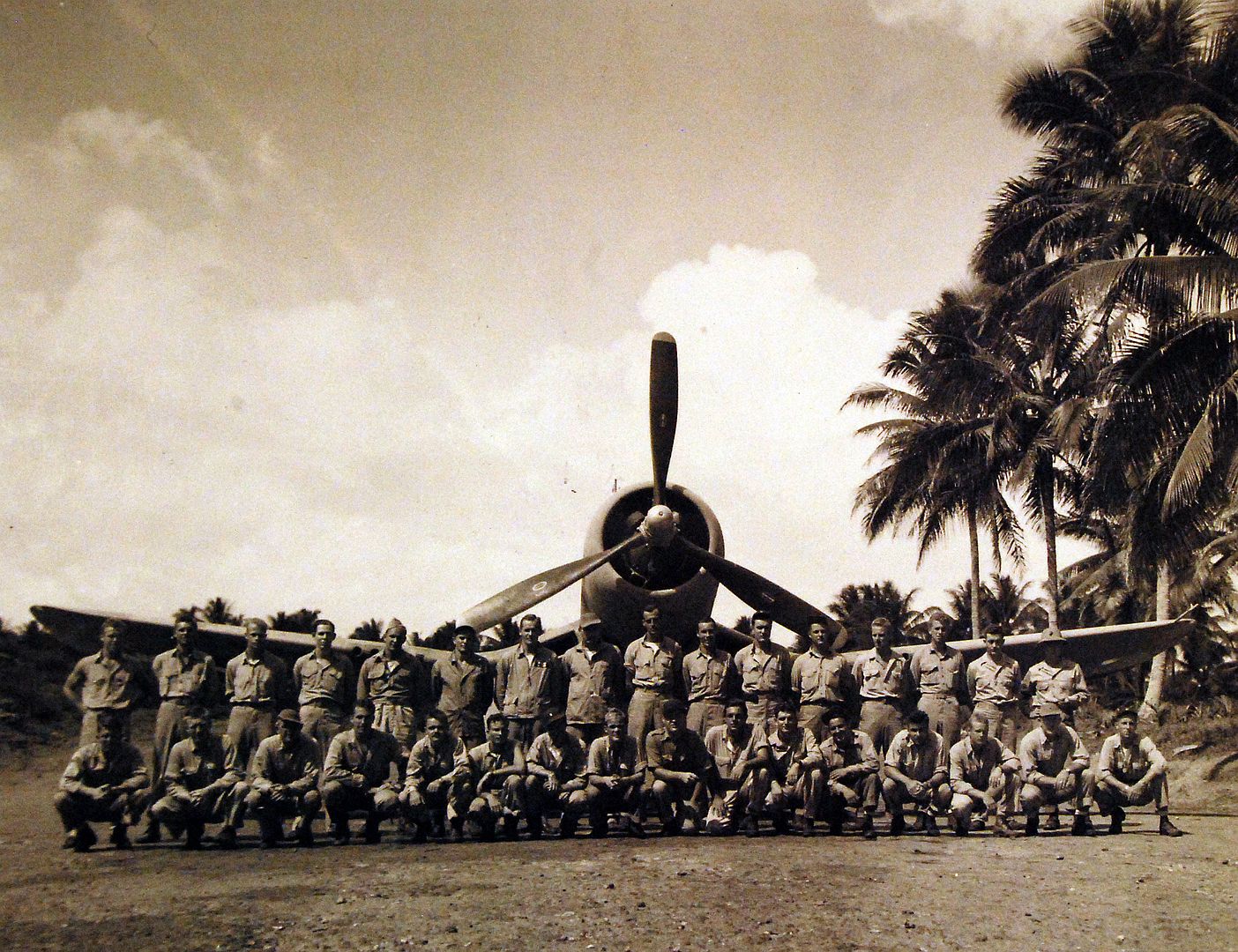
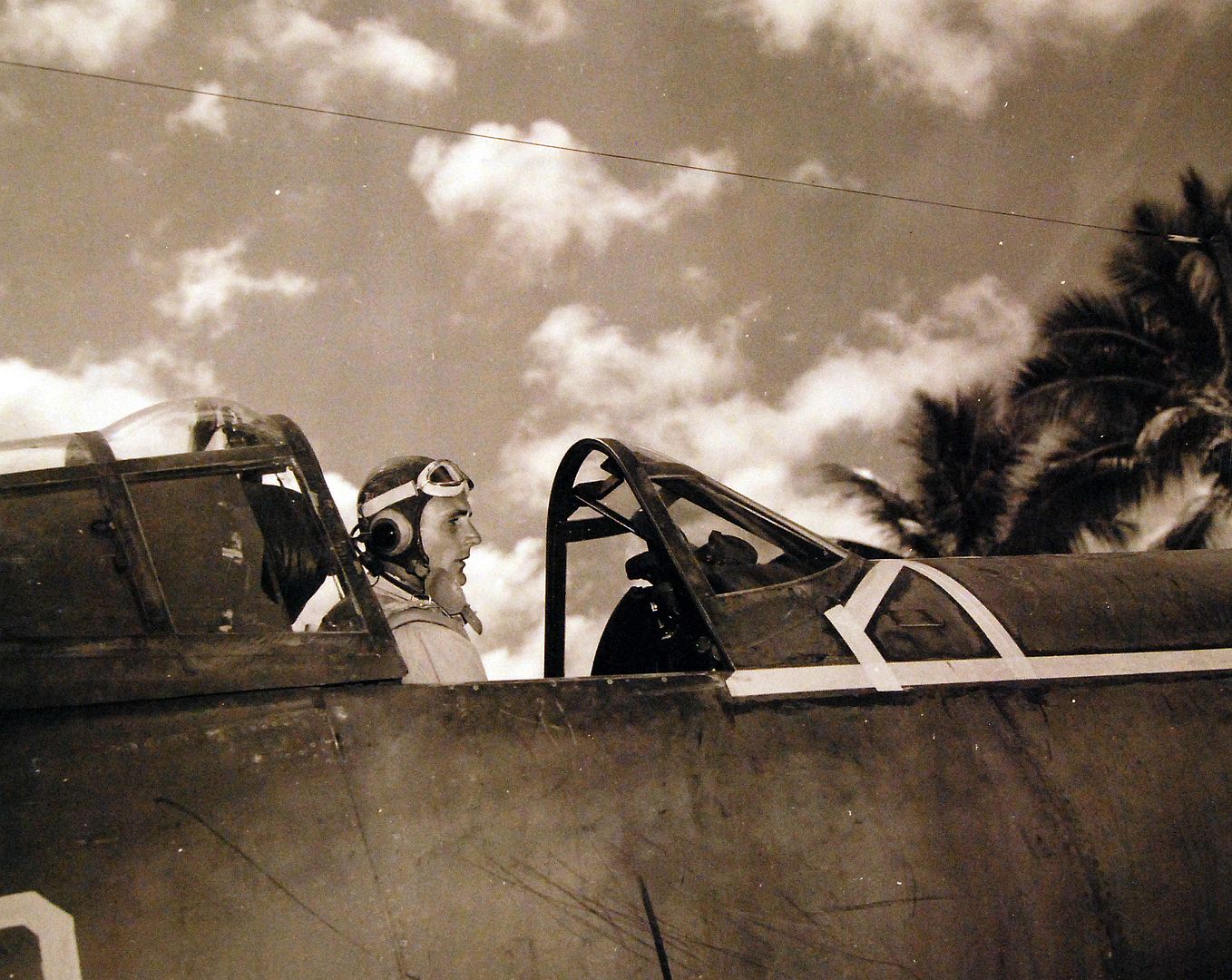
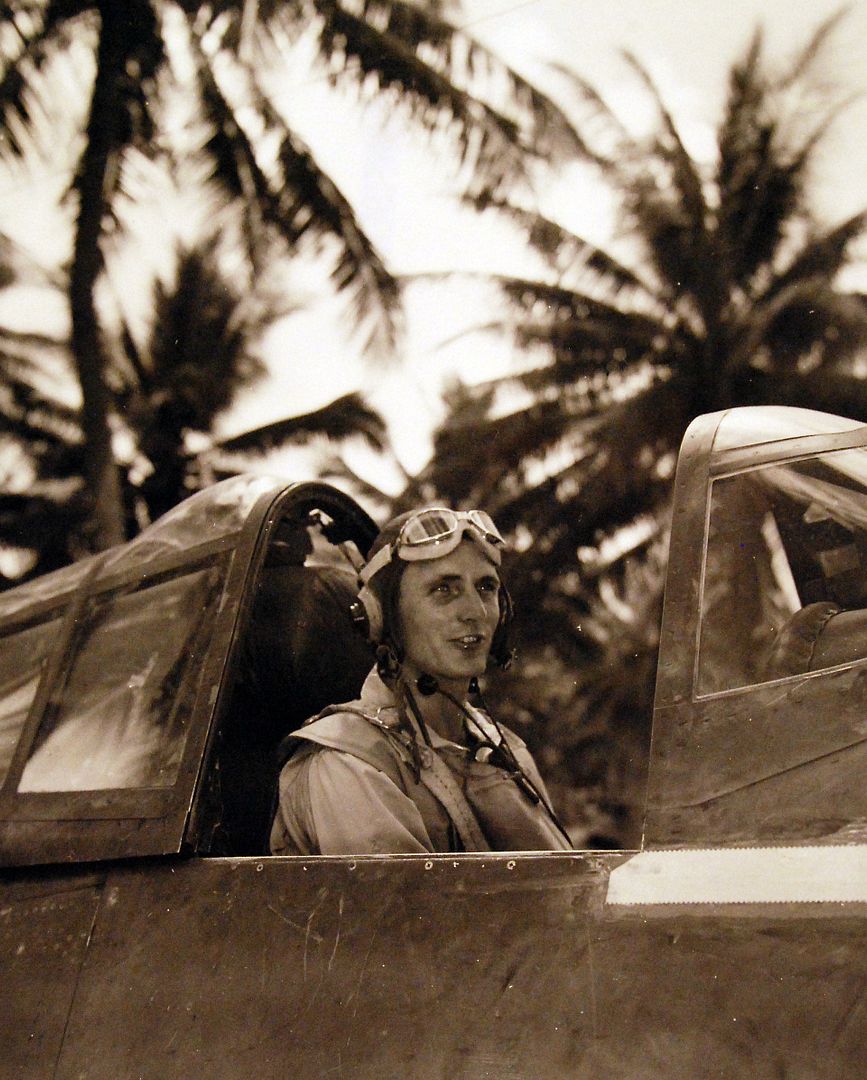
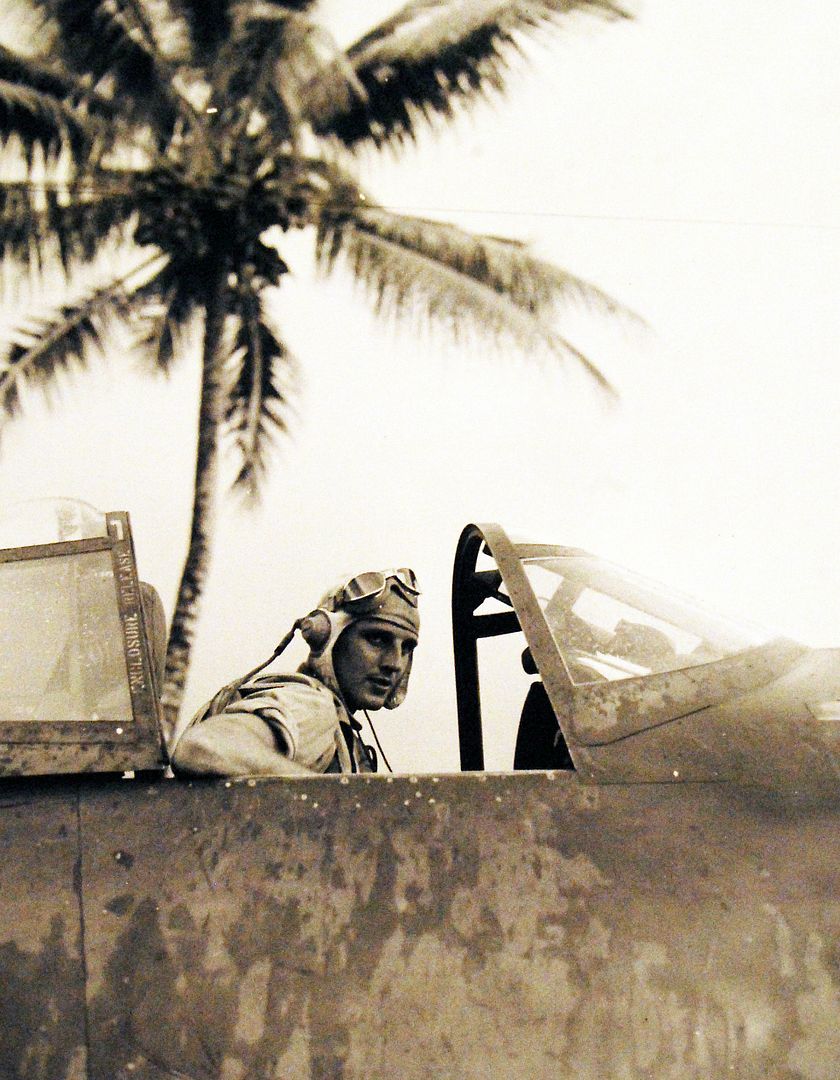
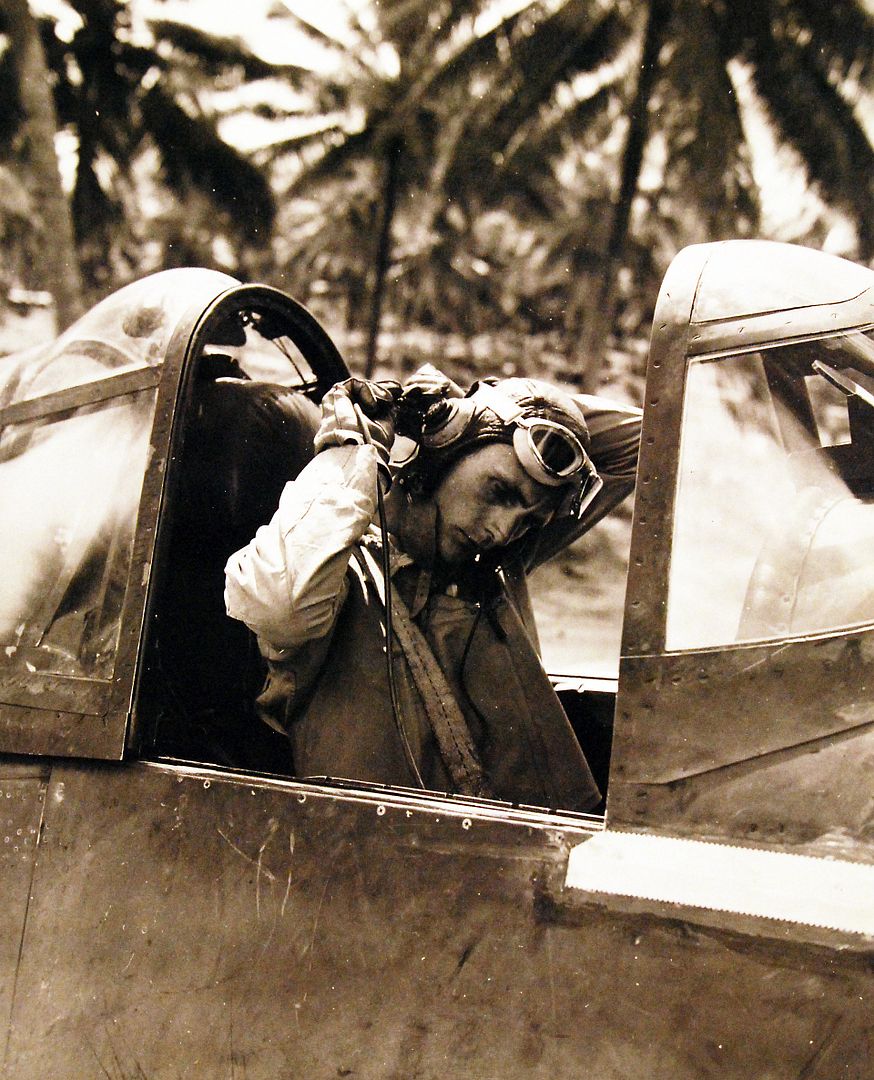
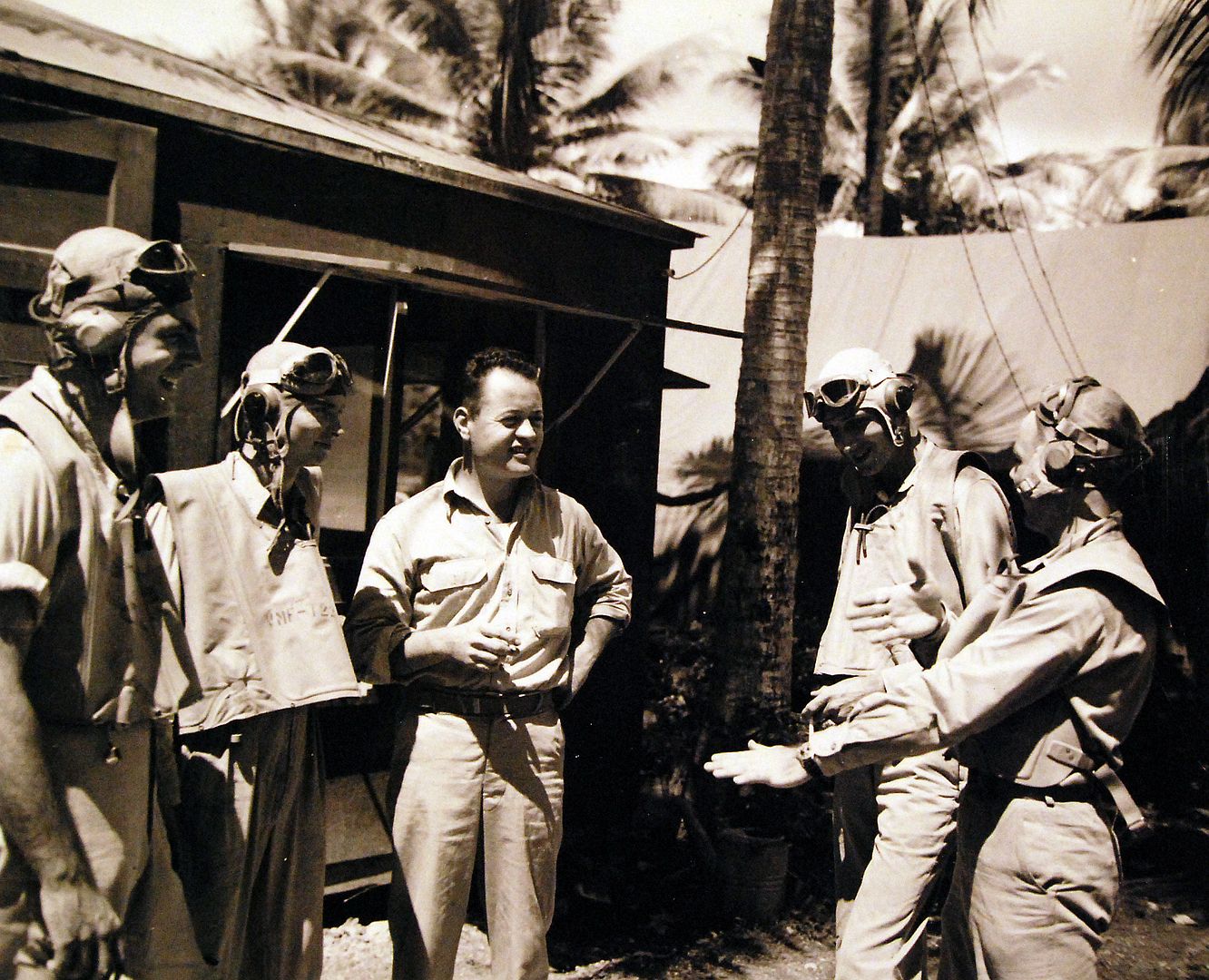
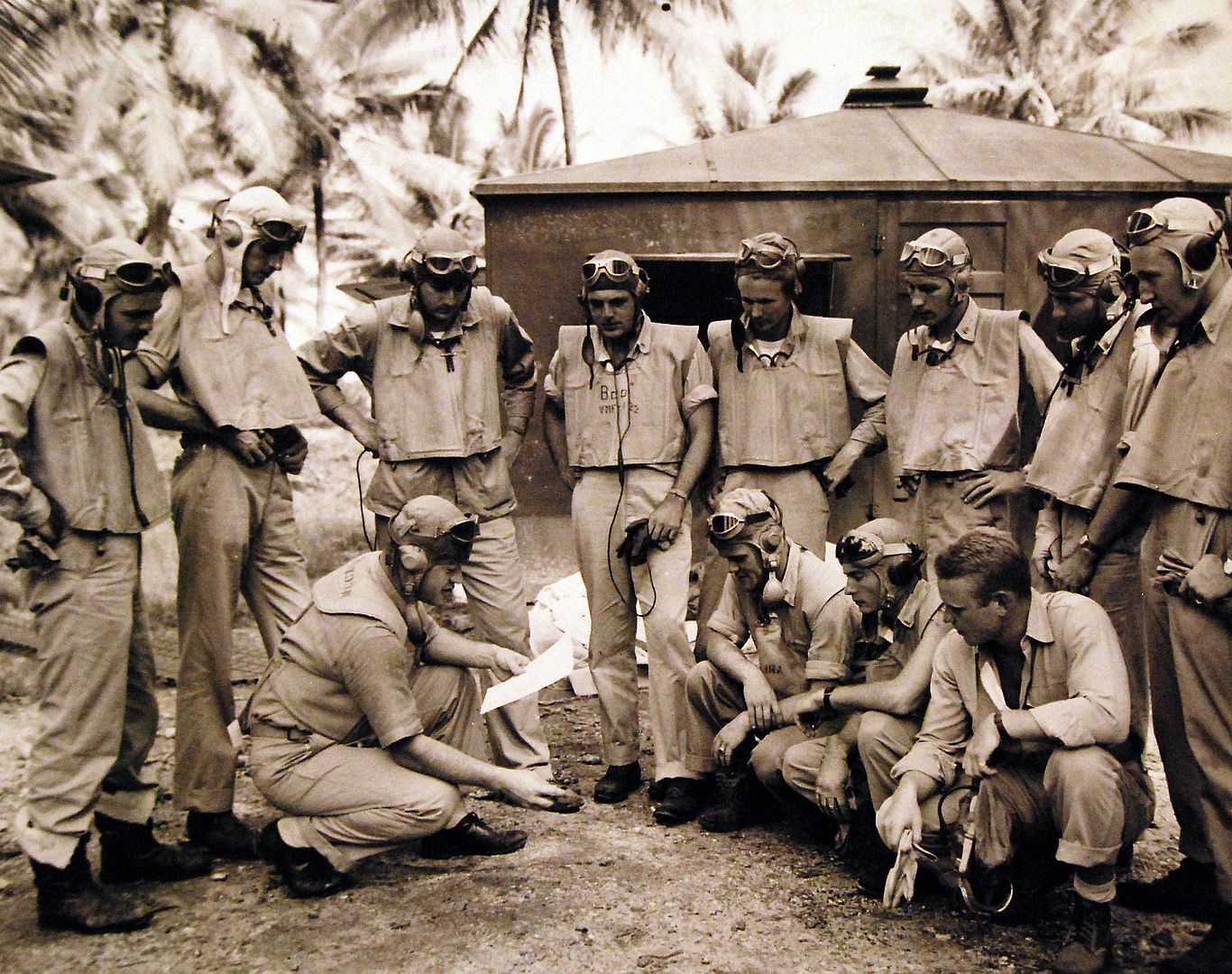
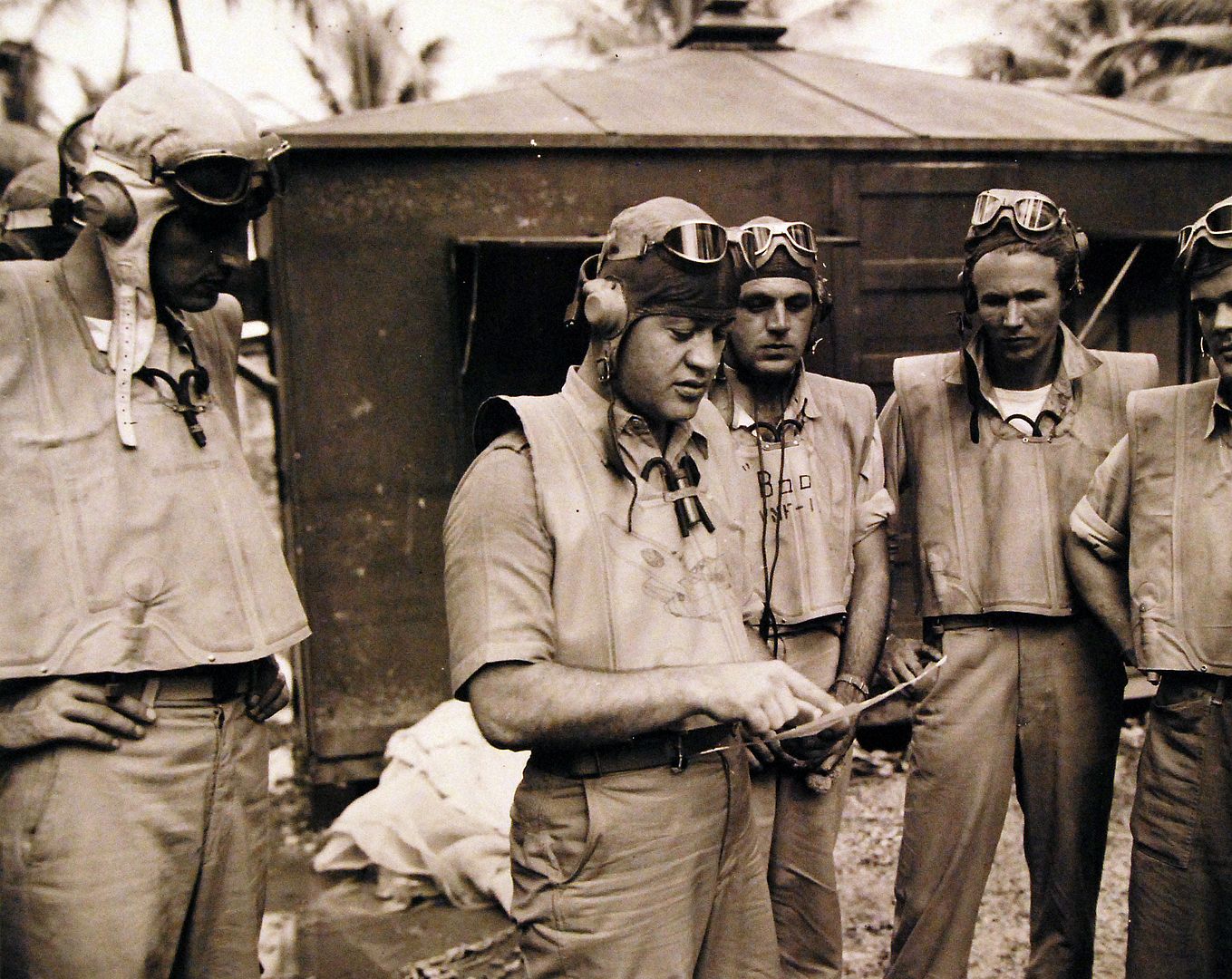
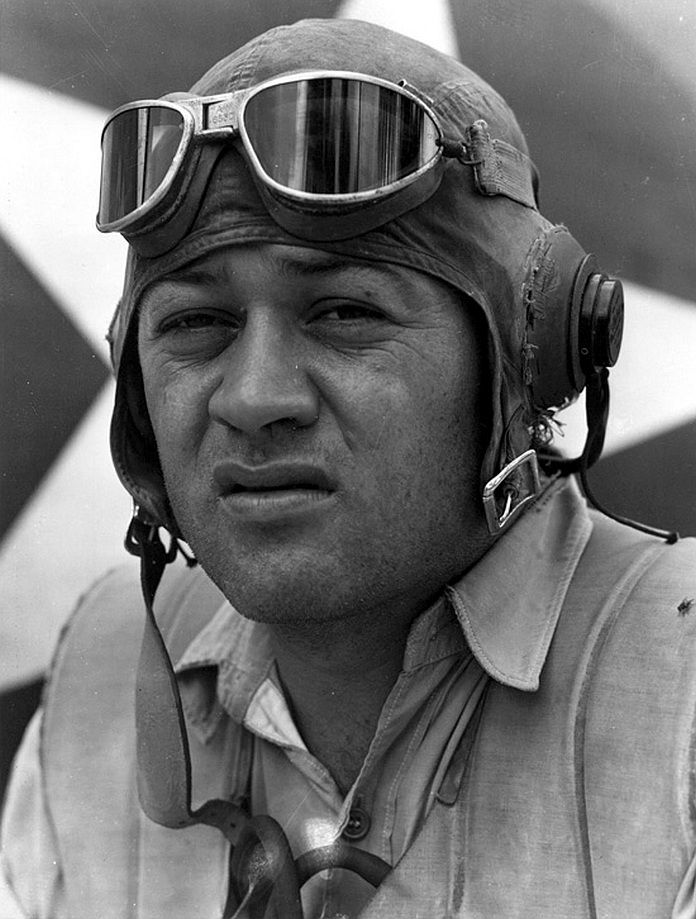
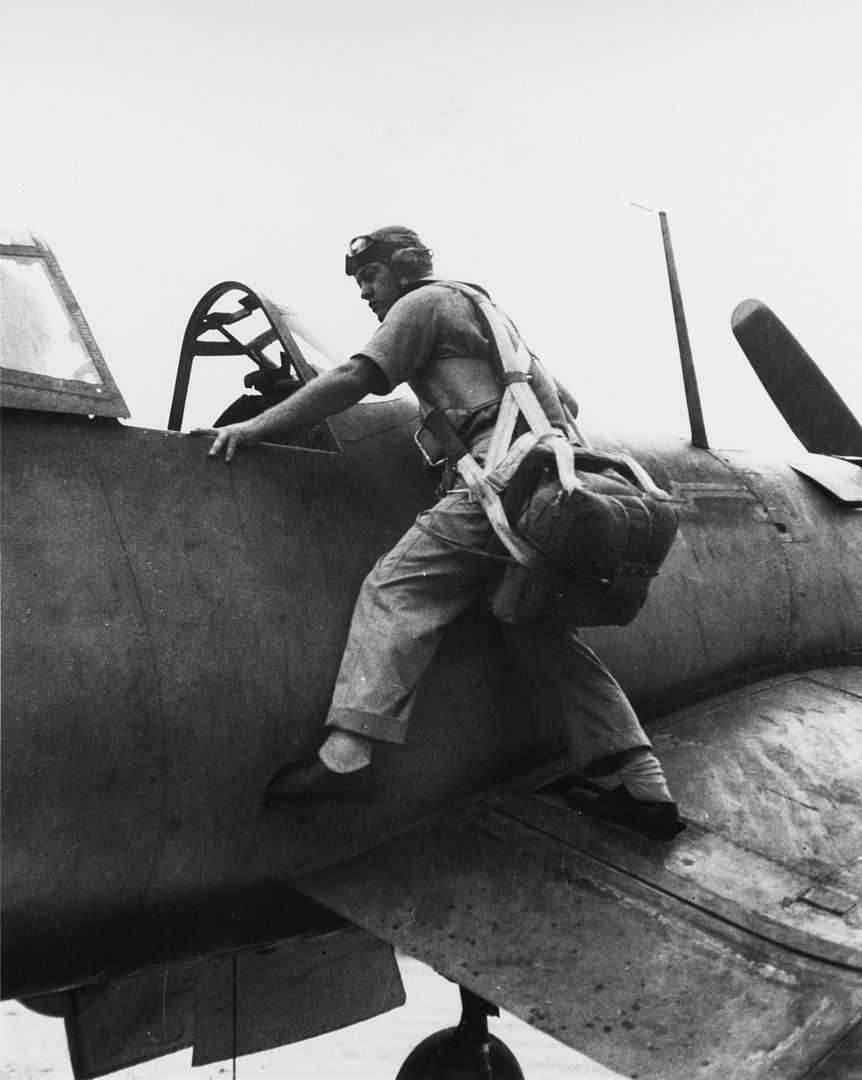
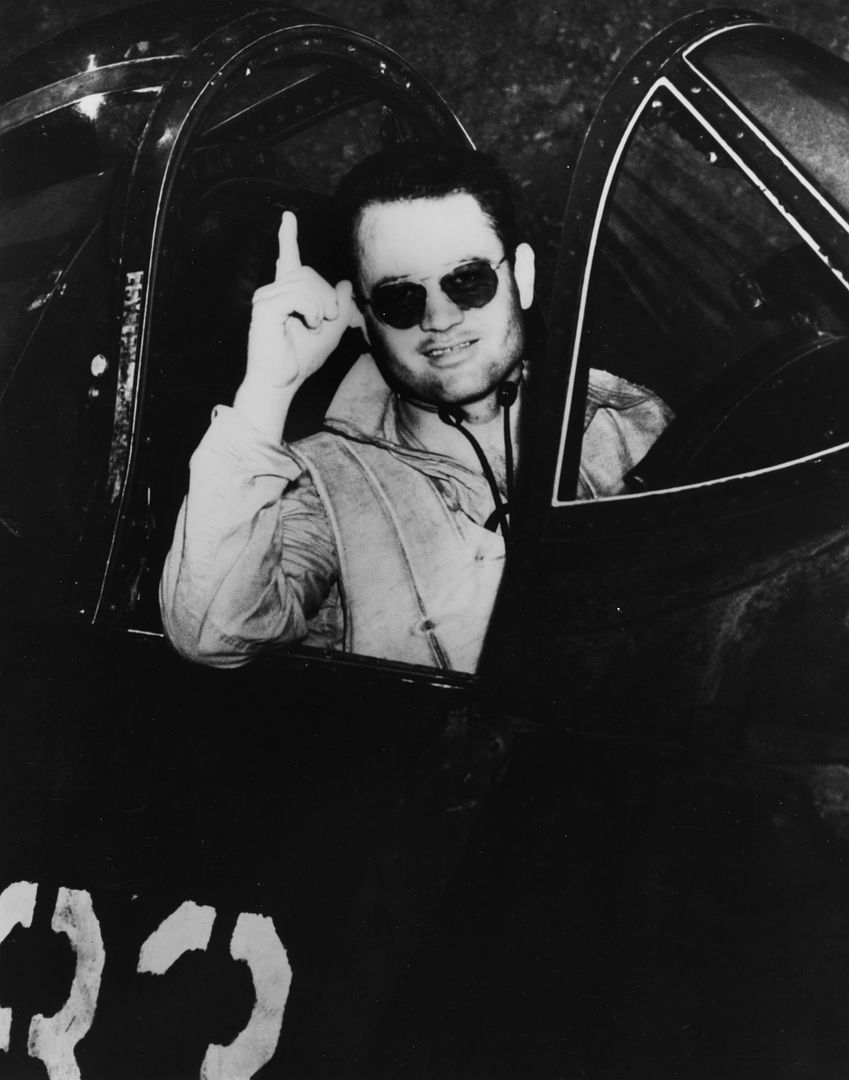
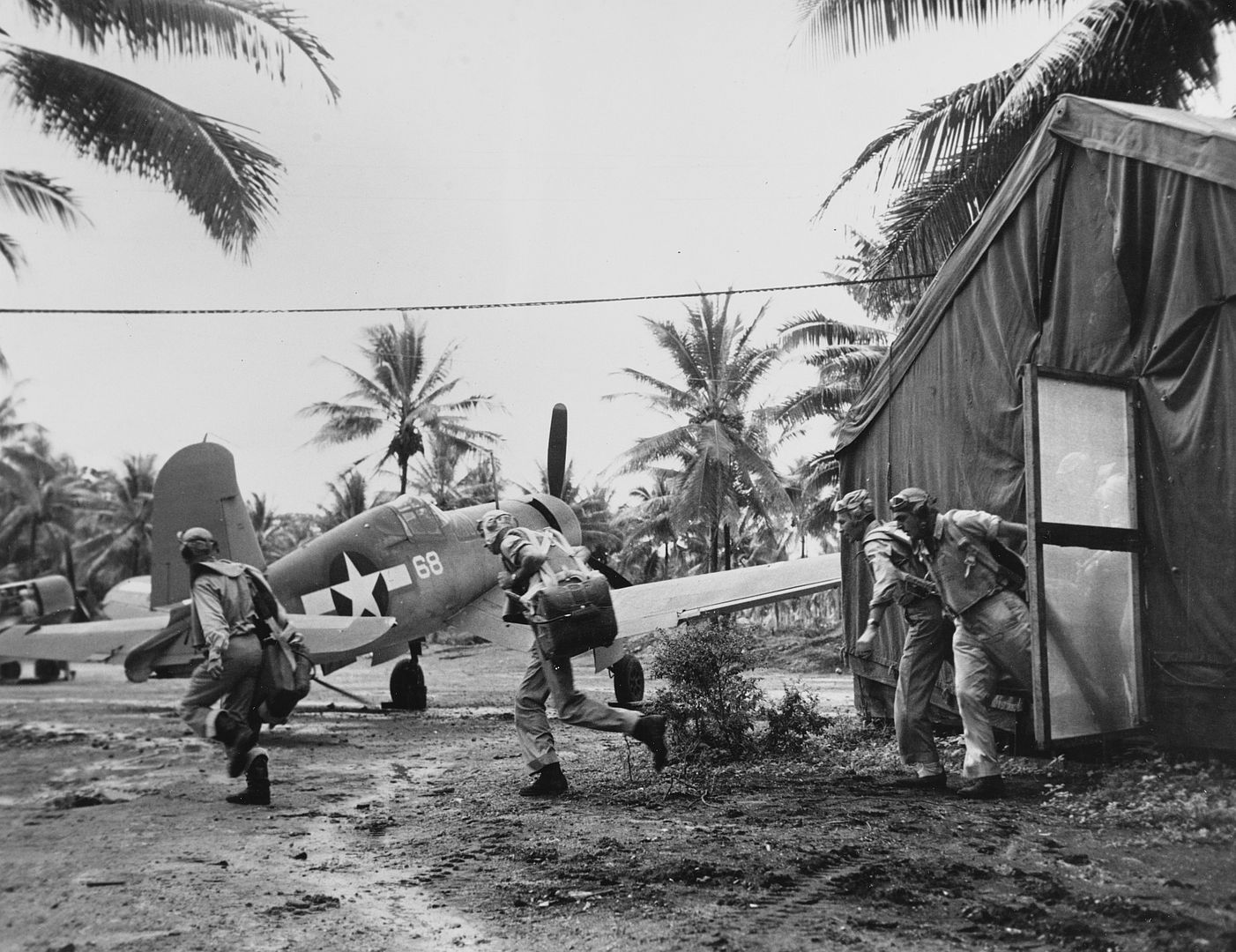
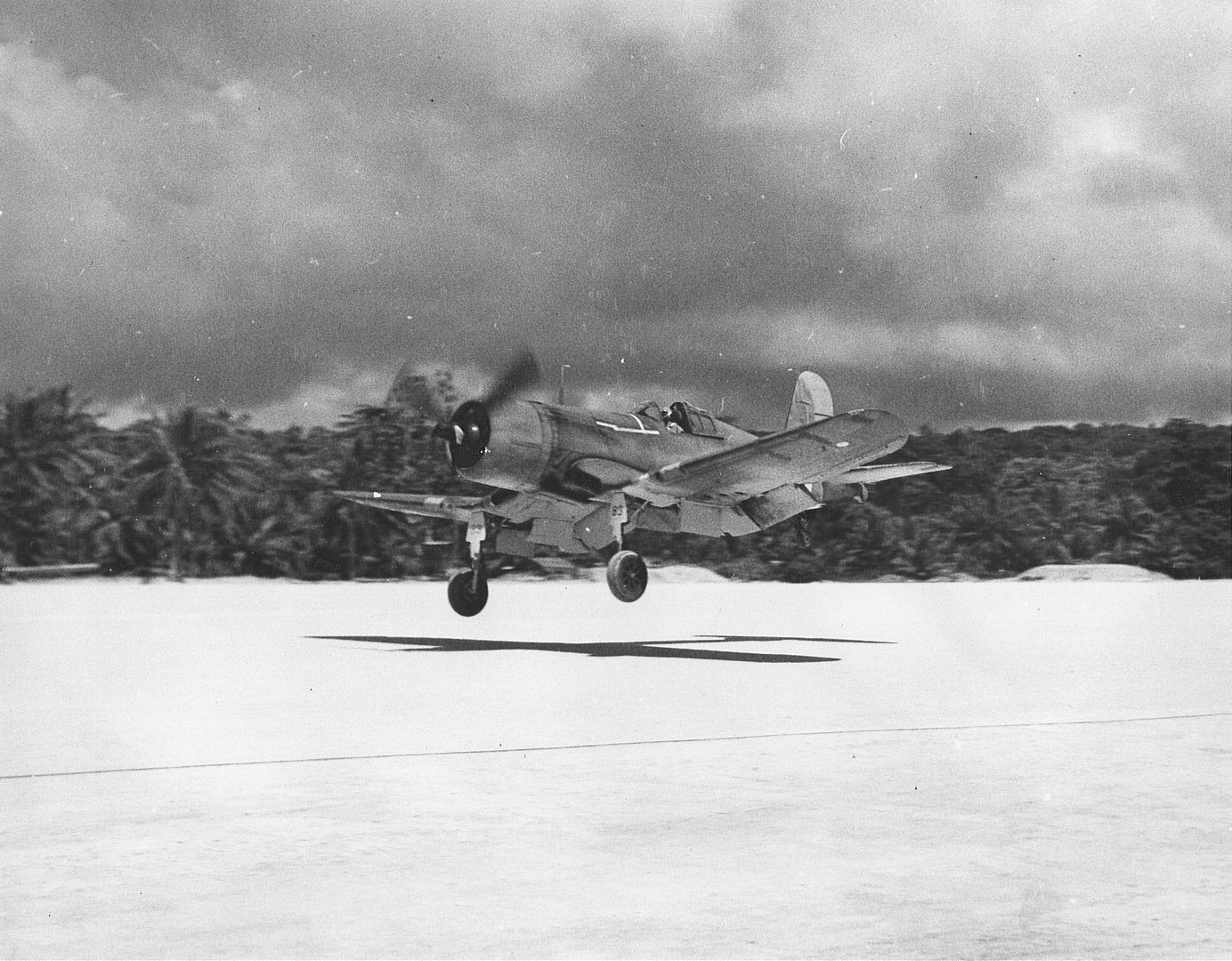
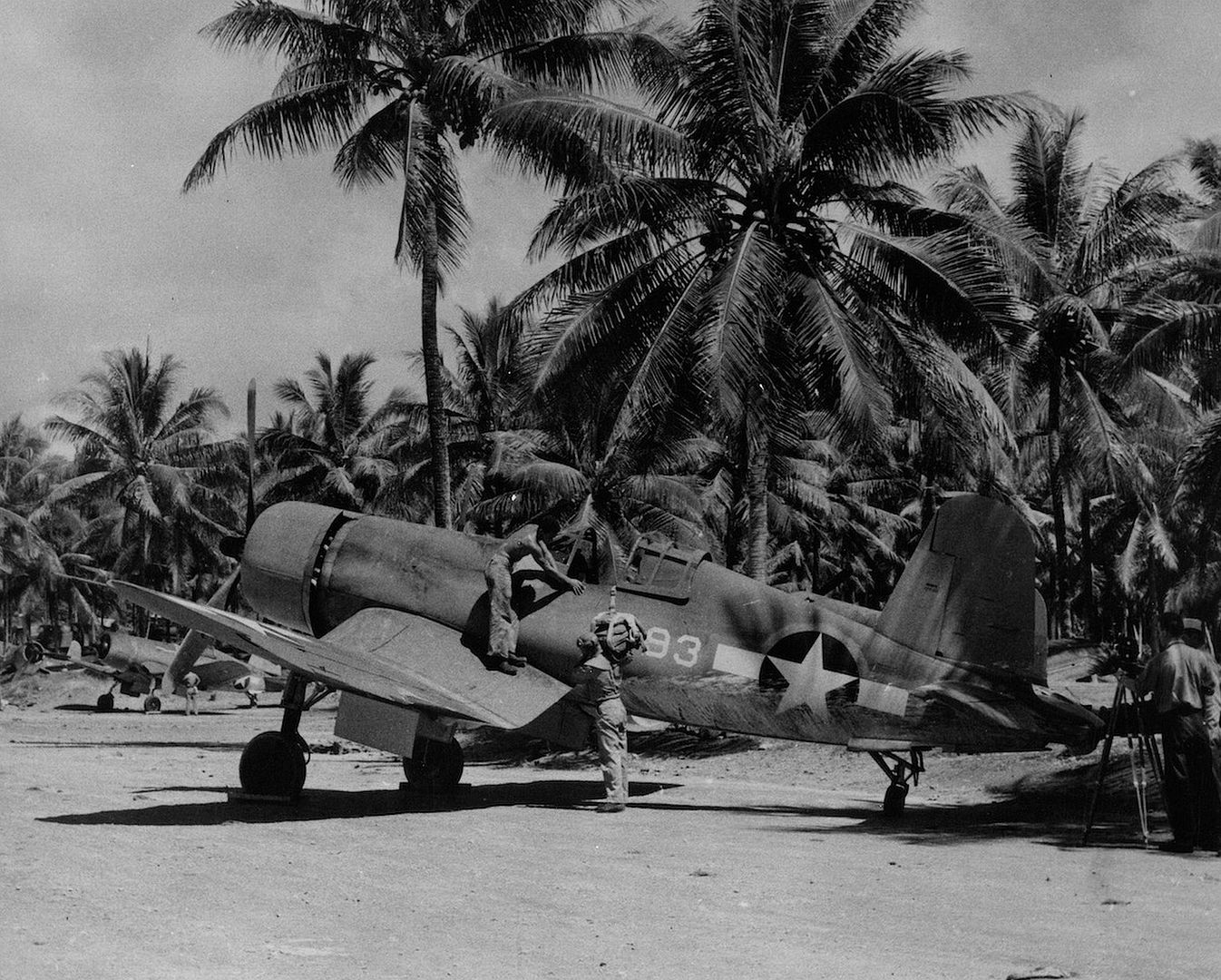

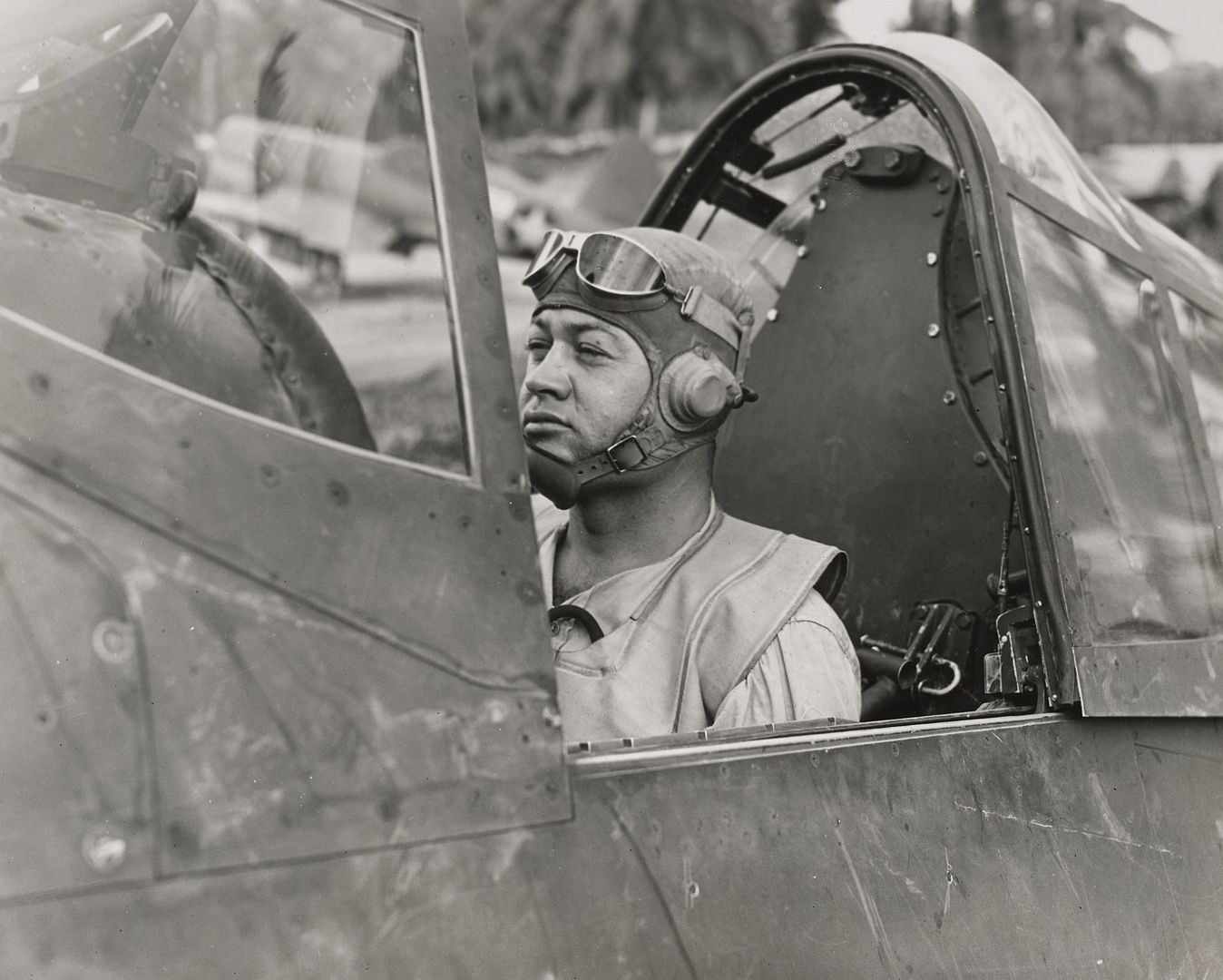


Regards Duggy.
Post a reply
- Go to Previous topic
- Go to Next topic
- Go to Welcome
- Go to Introduce Yourself
- Go to General Discussion
- Go to Screenshots, Images and Videos
- Go to Off topic
- Go to Works in Progress
- Go to Skinning Tips / Tutorials
- Go to Skin Requests
- Go to IJAAF Library
- Go to Luftwaffe Library
- Go to RAF Library
- Go to USAAF / USN Library
- Go to Misc Library
- Go to The Ops Room
- Go to Made in Germany
- Go to Campaigns and Missions
- Go to Works in Progress
- Go to Juri's Air-Raid Shelter
- Go to Campaigns and Missions
- Go to Works in Progress
- Go to Skinpacks
- Go to External Projects Discussion
- Go to Books & Resources
